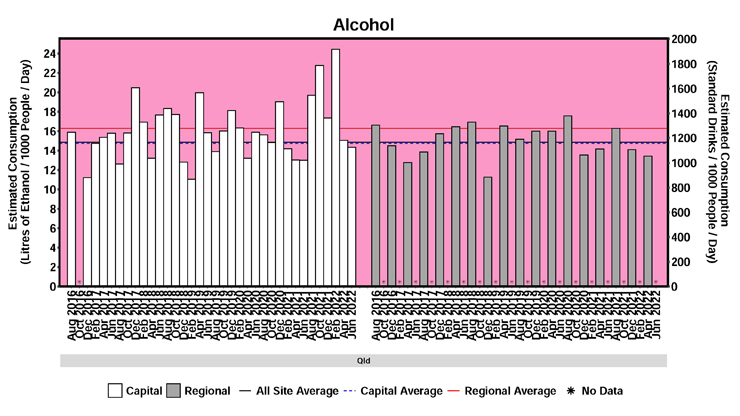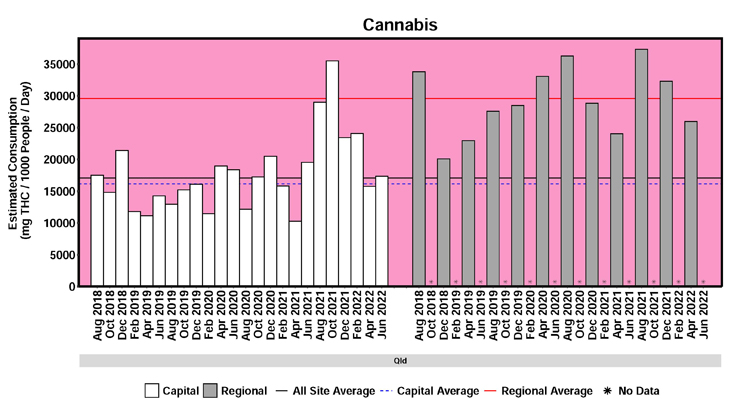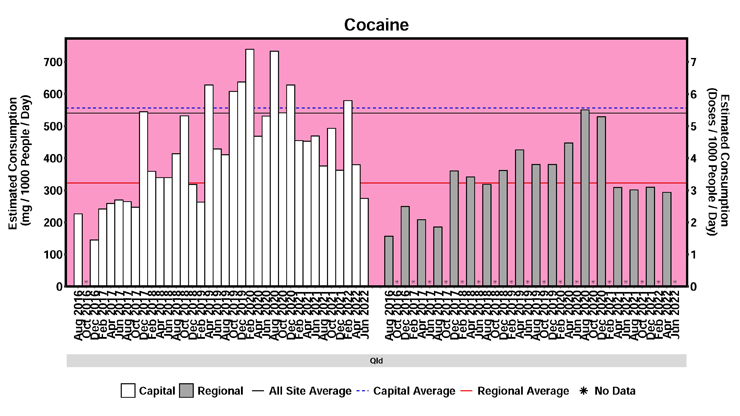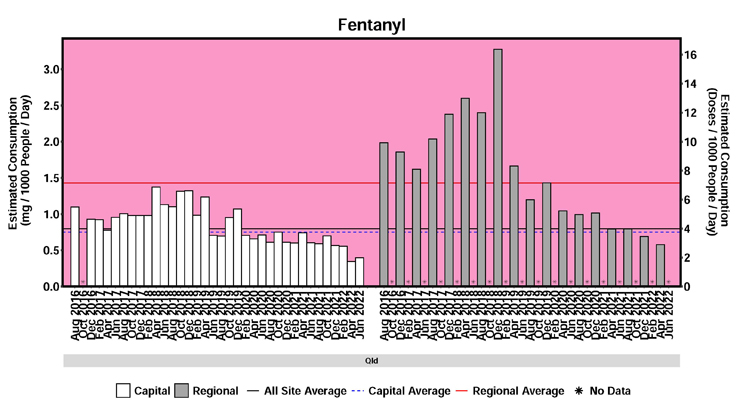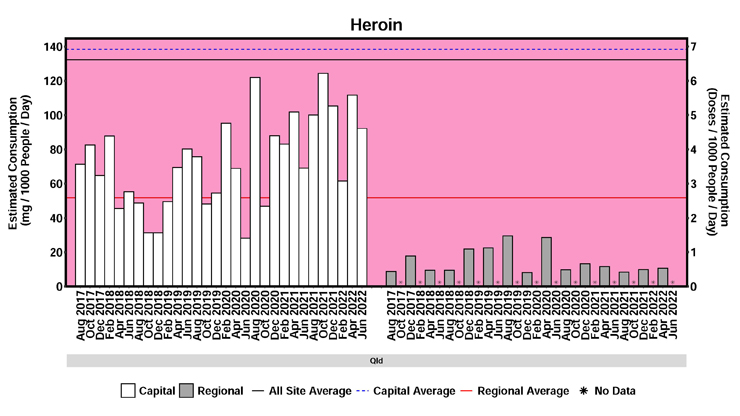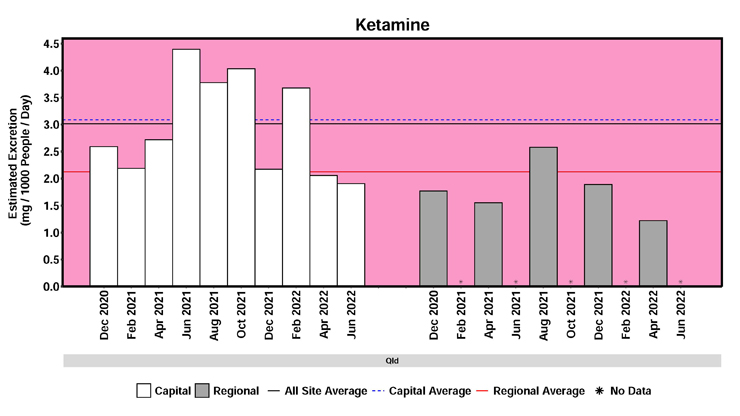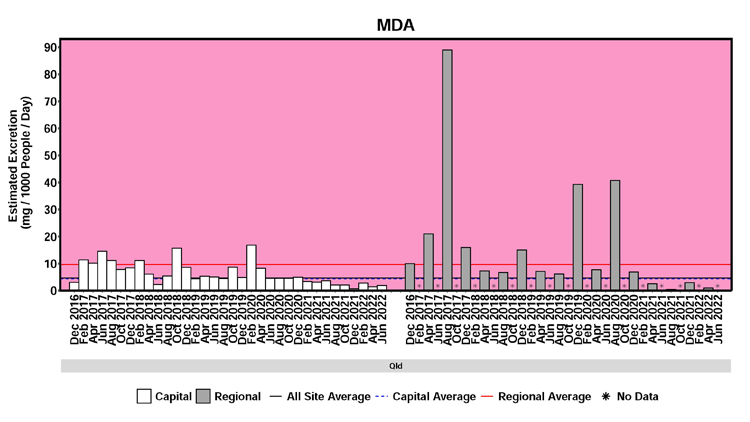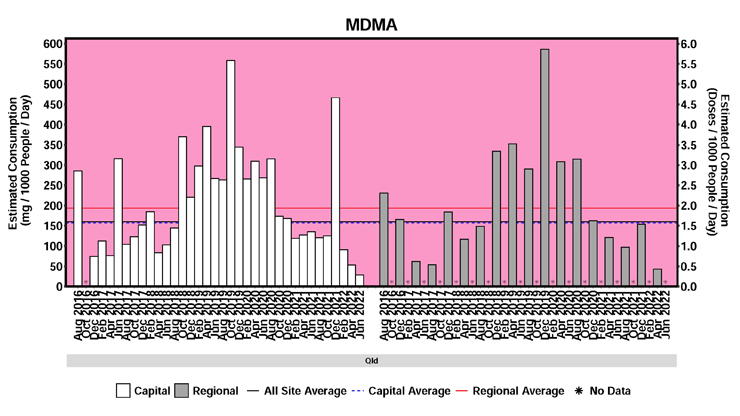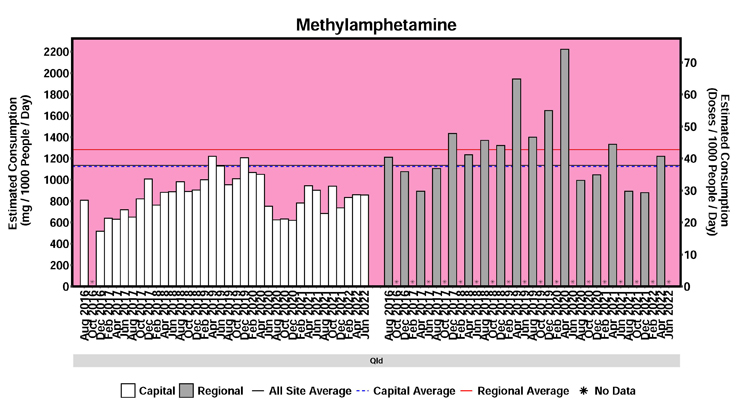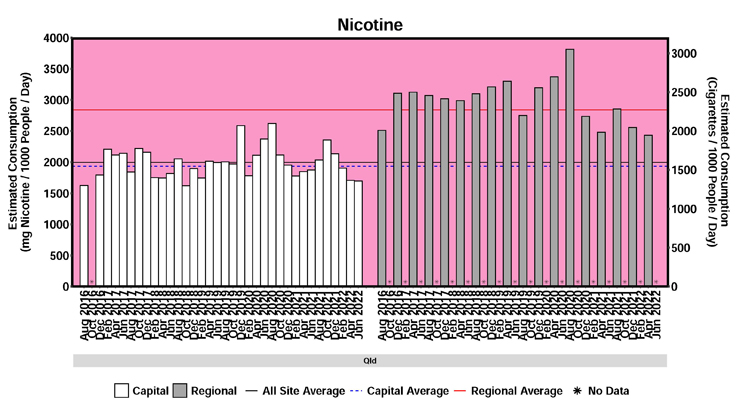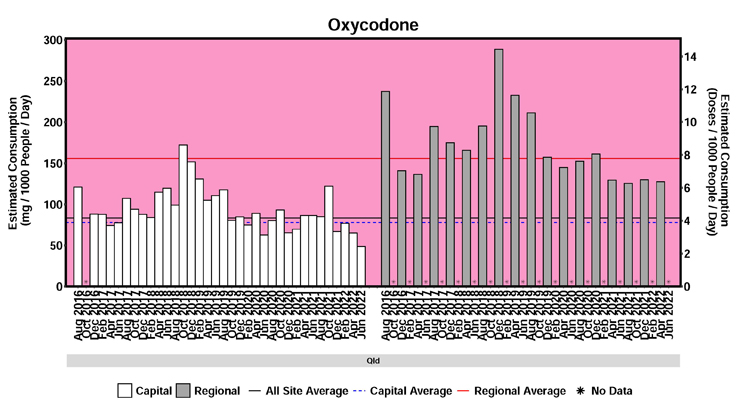
October 26, 2022
More Australians are using methylamphetamine in both regional areas and cities, according to the latest national data released by the Australian Criminal Intelligence Commission (ACIC).
Levels of the drug, commonly known as “ice”, being detected in wastewater are growing again after a dropping off during the early stages of the pandemic.
But in some good news, consumption of most other drugs has decreased nationally.
In particular, national consumption of MDMA, MDA, oxycodone and fentanyl fell to record low levels in April 2022.
However, ACIC believes the decreases in consumption could be linked to supply issues.
For example, MDMA consumption has dropped since December 2019 largely because of the decisions by organised crime groups in Europe, which are key to the supply in Australia, to switch to methylamphetamine.
The data was collected via the National Wastewater Drug Monitoring Program.
ACIC CEO Michael Phelan APM said wastewater analysis was an important measure of the demand for a range of illicit and licit drugs with abuse potential.
“We know that illicit drug activity is placing a significant burden on the Australian economy and this money could be better spent on education, healthcare and more,” he said.
“Understanding drug consumption at the population level supports effective allocation of resources and informs appropriate demand, supply and harm reduction strategies.”
Report 17 covers about 56 per cent of the Australian population, ie. about 14.1 million people.
Fifty-seven wastewater treatment plants across Australia participated in the April 2022 collection.
In June 2022, when only capital city sites were sampled, there were 20 collection sites.
* * *
Queensland Data
Queensland data from Report 17 of the National Wastewater Drug Monitoring Program comparing city (white) and regional (grey) drug use patterns.
The data show the use of cannabis, fentanyl, methylamphetamine and oxycodone is higher in the regional areas tested, while heroin, cocaine and ketamine use is lower.
There are also more smokers in regional Queensland.
NB. Data collection starting dates vary from 2016 to 2020.
ACIC commissioned The University of Queensland to organise the data collection and analysis.







